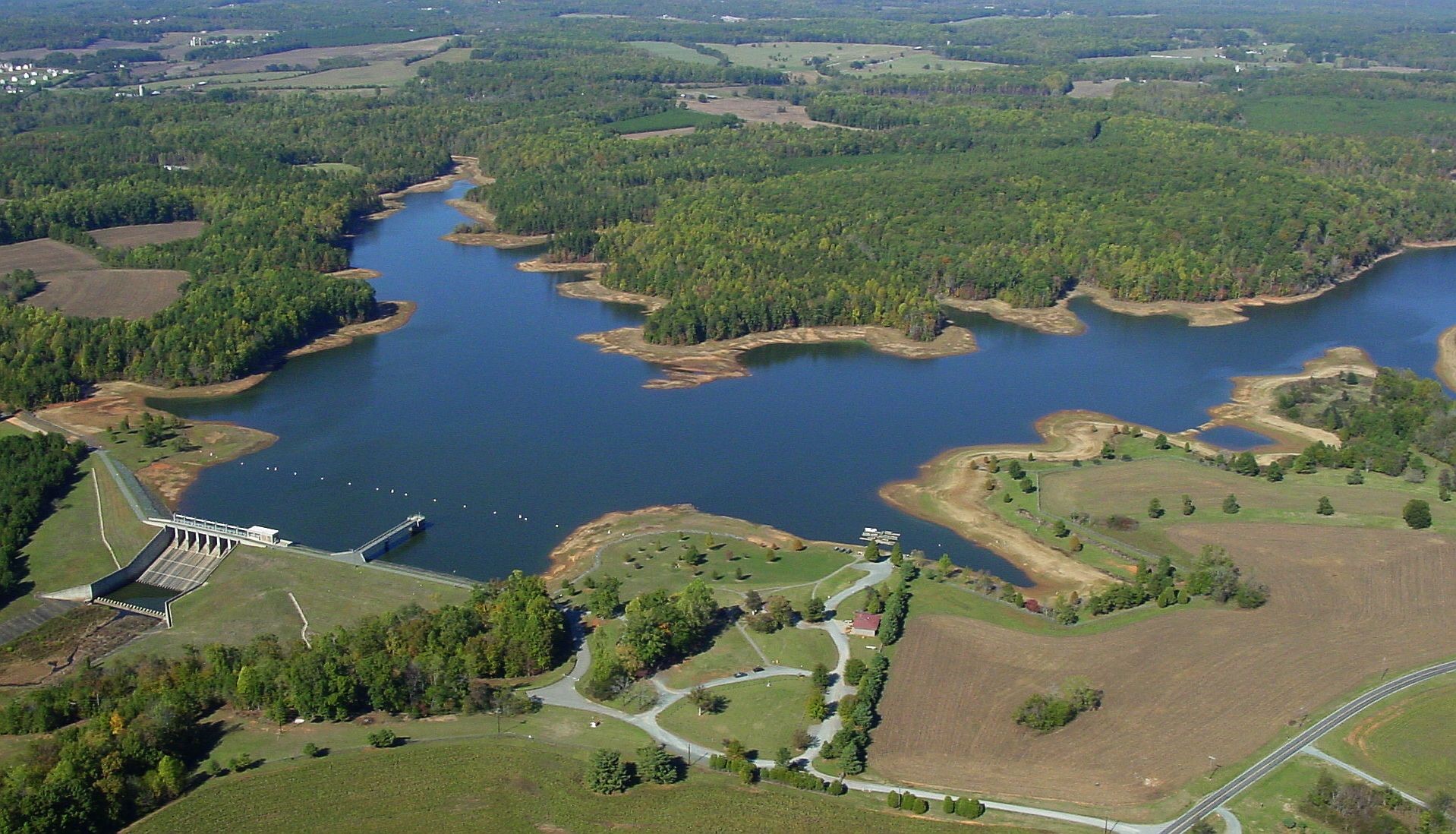Long-Range Water Supply Plan FAQs
Why is OWASA updating its Long-Range Water Supply Plan now?
The planning, permitting, and partnerships required to develop new supplies can take decades to develop and secure. Our predecessors did proactive planning decades ago to ensure we have adequate supply today. For example, we acquired the Quarry Reservoir in 1979, obtained our Jordan Lake allocation in 1988, and planned, designed, permitted Cane Creek Reservoir so it could serve as a water supply in 1989. We want to ensure that the community generations from now has adequate water supply to meet its needs.
We are also working with other communities to evaluate the potential to guarantee access to our Jordan Lake allocation. These other communities are beginning to move forward with plans to design a new intake and plant on the west side of Jordan Lake. OWASA will need to make a decision in the near future if and how it would like to participate in this new treatment facility.
Where does our water currently come from?
OWASA has three reservoirs currently. Cane Creek Reservoir is located about nine miles west of Carrboro. When full, Cane Creek Reservoir holds roughly 3 billion gallons. University Lake is located just west of Carrboro and holds roughly 450 million gallons. The Quarry Reservoir is located about three miles west of Carrboro and is in the University Lake watershed; the Quarry Reservoir currently holds roughly 200 million gallons used for emergency storage. OWASA treats roughly seven million gallons of water each day.
Are the baseline projections going up because of population growth?
Yes, our projections are based off of growth projections capturing both residential and commercial growth forecasts.
How urgent is needed action to increase our water resiliency?
Thanks in large part to the conservation ethic in our community, we have enough water supply under most circumstances for the next 30-40 years. However, we also want to plan for uncertainty in our projections and for factors such as how climate change may impact our water resources. We never know when the next drought will be, how long it will last, and how severe it will be.
I thought the Quarry Reservoir expansion was going to provide enough water for the future. What changed?
We factored the Quarry Reservoir expansion into our current projections. It will certainly add to our water storage, but it will not solve potential problems from prolonged or back-to-back droughts. The Quarry Reservoir is only filled through water pumped from Cane Creek Reservoir, which does not diversify our long-term water supply.
What about water conservation? Can demand management prevent or delay any need for additional water supply?
Our community has made great strides in water conservation, efficiency, and reuse. We identified and evaluated strategies that would take these efforts even further. Unfortunately, none of the strategies held enough water-saving potential to significantly increase the resiliency of our water supply. We will consider cost-effective demand strategies in a complementary water conservation plan.
Can we conserve enough water by retrofitting older buildings with upgraded water-saving fixtures?
We did evaluate this option, but there are no large, cost-effective opportunities.
Can we purchase water from neighboring utilities to meet our needs? Could Hillsborough or Orange-Alamance meet our supply needs?
OWASA has been working with other Triangle utilities since 2009 to collaboratively plan for the region’s water supply to improve the reliability and resilience of the area’s water resources. One of the results of this collaboration is the Triangle Regional Water Supply Plan. This Plan identified allocations for each utility from Jordan Lake and other supplies to meet their needs through 2060. Hillsborough and Orange-Alamance are too small to meet OWASA’s long-term needs. Hillsborough and Orange County both participated in the regional water supply planning effort (note: Orange County does not operate a water system but is committed to meeting the needs of its economic development districts identified in its plans). Both Hillsborough and Orange County need allocations of water from Jordan Lake to meet their long-term needs per the Triangle Regional Water Supply Plan.
OWASA also considered purchasing water from the City of Burlington. However, this alternative was not evaluated in detail as it would have required longer transmission lines than accessing our Jordan Lake allocation (i.e. less cost effective). In addition, it may not have been viable in the long-term given the growth occurring in the Triad.
How far along are the plans for the Western (raw water) Intake on Jordan Lake?
The Western Intake Partnership – the City of Durham, the Town of Pittsboro, and Chatham County – has been working with consultants on the early stages of the process for designing a new water treatment facility. A decision will be made in 2022 finalizing the site of the new facility and taking next steps. OWASA is currently participating in these discussions, but we have not decided on our level of engagement on the larger project.
Is the water quality in Jordan Lake up to standards we expect?
Jordan Lake serves as the drinking water supply for hundreds of thousands of North Carolinians. Water treatment processes are in place to ensure that all drinking water meets regulatory standards. The new treatment plant will also be designed to treat nutrients and contaminants of emerging concern.
We have strict rules about our drinking water supplies. Why would we go to Jordan Lake where we don’t control the supply?
Using OWASA’s Jordan Lake allocation would allow our local drinking water supplies to be prolonged in case of a drought. Jordan Lake has a very large watershed, and is, thus, more drought resistant than our current water supply. Additionally, some Jordan Lake alternatives also provide redundancy to our Jones Ferry Road Water Treatment Plant; no other alternative provides an additional treatment plant.
When will a final decision be made about this?
After careful deliberation as part of the ongoing Long-Range Water Supply Plan update, the Orange Water and Sewer Authority Board of Directors has determined Jordan Lake to be the most viable long-term alternative to augment our existing water supply. The Board voted on January 13, 2022, to include options to access OWASA’s Jordan Lake allocation after weighing various alternatives against a set of guiding principles used to navigate the discussion.
OWASA will be holding several events in 2022 to help inform the community and listen to feedback on the proposal before the Board votes on a final update to the Long-Range Water Supply Plan. These events include presentations to local elected officials and their advisory boards, informational sessions at the Chapel Hill Public Library, and updates to local community groups.
The Board will vote in the future on finalizing the Long-Range Water Supply Plan update. No date has been set for that vote.




